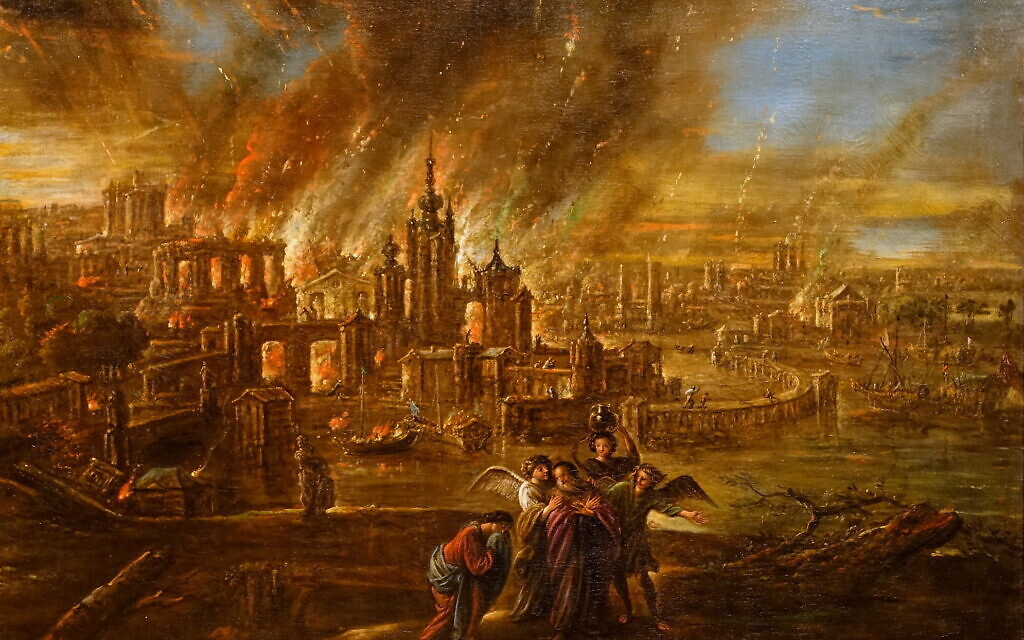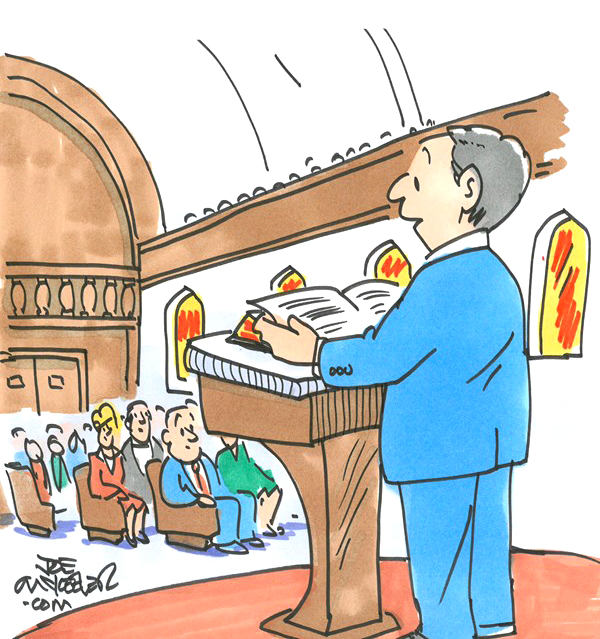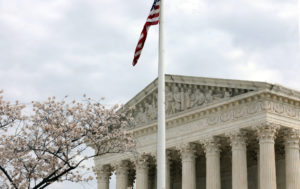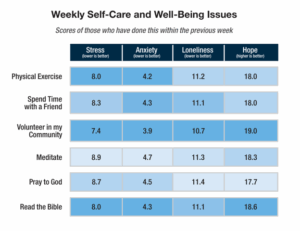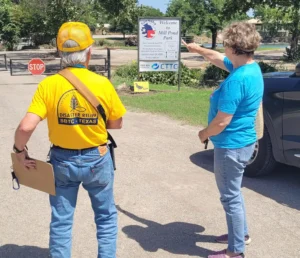
SOUTHERN JORDAN VALLEY (BP) – At various points along this ancient valley, Joshua crossed into Canaan, Elijah was taken up into heaven, Jesus was baptized and John the Baptist was beheaded. Could it also contain the remnants of Sodom and Gomorrah?
Evidence of a 1650-BC cosmic airburst at the ancient city of Tall el-Hammam in the southern Jordan Valley — the latest findings from a team of scientists and archeologists excavating the site near the Dead Sea for 11 years — has energized discussions of whether the salt-rich remains are actually the ruins of the debauched cities destroyed by fire in Abraham’s day.
Southern Baptist archaeologist Jim Parker, executive director of the institute of archeology at New Orleans Baptist Theological Seminary, is familiar with the site, having led NOBTS excavations of Tel-Gezer in Israel.
“We’re interested in all things archeology and particularly in that region,” Parker said. “Moses is buried up there in the mountain somewhere. We have Machaerus where John the Baptist was beheaded. … So there’s a lot of history here. … Anything that might help enlighten us about the Scripture, we’re always interested in that.”
The site’s carbon dating appears exceedingly accurate, Parker said. But like many, he believes the chronological and geographical data dispute biblical clues to the location of Sodom and Gomorrah.
According to the Tall el-Hamman team’s findings, published Sept. 21 in Nature Scientific Reports, a cosmic airburst over 1,000-times more powerful than the Hiroshima atomic bomb destroyed Tall el-Hammam, leaving a layer of destruction 5 feet thick and rich in carbon and ash. Tests indicate temperatures exceeded 3632 degrees Fahrenheit.
The latest findings focus on the cosmic airburst, scientists wrote in the report, noting specifically that the issue of whether Tall el-Hammam could be the city of Sodom “is beyond the scope of this investigation.”
“Questions about the potential existence, age, and location of Sodom are not directly related to the fundamental question addressed in this investigation as to what processes produced high-temperature materials at Tall el-Hammam during the MBA (Middle Bronze Age),” the report notes. “Nevertheless, we consider whether oral traditions about the destruction of this urban city by a cosmic object might be the source of the written version of Sodom in Genesis. We also consider whether the details recounted in Genesis are a reasonable match for the known details of a cosmic impact event.”
Yet, Steve Collins, co-director of the Tall el-Hammam dig, dean of the College of Archaeology at Veritas International University and a consulting research professor at Trinity Southwest University, is among those who support the belief that the site is indeed where Sodom fell. Parker points out conservative biblical archeologist Bryant G. Wood, director of the Associates for Biblical Research and editor of the Bible and Spade quarterly, as a leading voice disputing the location.
Chronologically, the story of Sodom and Gomorrah’s destruction would predate the cosmic airburst by about 300 years, Parker finds, tying it to the account of Abraham’s prayer in Genesis 18 for Lot’s safety, and the destruction of Sodom and Gomorrah in Genesis 19.
“Abraham is dead by then,” Parker said of 1650 BC. “The story about Abraham predates about 1900 BC. It predates that. And the Sodom and Gomorrah story is probably, it’s early on in Abraham’s sojourn in Canaan land. So it’s even further back than that. … If you follow the biblical timeline, when all this happens, (Abraham) is about 100 years old.
“Biblically, this is where we arrive. That’s a long way from 1650.”
Geographically, the prognosis of Tall el-Hammam being Sodom is also problematic, Parker said. Genesis 19 indicates Lott lived near Zoar, the place he fled to escape the fire.
“We pretty much know where Zoar is, and it’s not on the north end of the Dead Sea; it’s on the south end of the Dead Sea,” Parker said. “Most … scholars believe enough to know that Zoar is on the south end.
“Tall el-Hammam, the best we can understand, is not where Sodom and Gomorrah was,” Parker said. “Now obviously we’re like any researchers or scientists. … We’re waiting on further information to be developed. That’s why they’re excavating there.”
While archeology doesn’t prove the nature of God, Parker said, it can reveal secrets of the culture of biblical times and serve as an apologetic support of Scripture.
